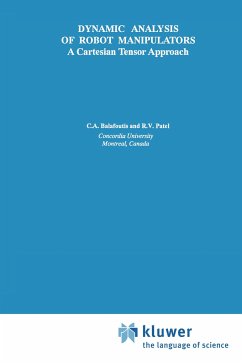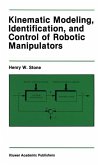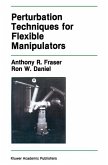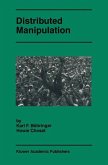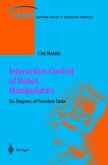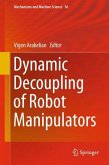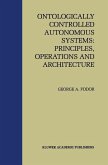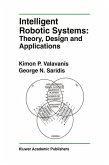The purpose of this monograph is to present computationally efficient algorithms for solving basic problems in robot manipulator dynamics. In par ticular, the following problems of rigid-link open-chain manipulator dynam ics are considered : i) computation of inverse dynamics, ii) computation of forward dynamics, and iii) generation of linearized dynamic models. Com putationally efficient solutions of these problems are prerequisites for real time robot applications and simulations. Cartesian tensor analysis is the mathematical foundation on which the above mentioned computational algorithms are based. In particular, it is shown in this monograph that by exploiting the relationships between second order Cartesian tensors and their vector invariants, a number of new tensor vector identities can be obtained. These identities enrich the theory of Carte sian tensors and allow us to manipulate complex Cartesian tensor equations effuctively. Moreover, based on these identities the classical vector descrip tion for the Newton-Euler equations of rigid body motion are rewritten in an equivalent tensor formulation which is shown to have computational advan tages over the classical vector formulation. Thus, based on Cartesian tensor analysis, a conceptually simple, easy to implement and computationally efficient tensor methodology is presented in this monograph for studying classical rigid body dynamics. XlI Application of this tensor methodology to the dynamic analysis of rigid-link open-chain robot manipulators is simple and leads to an efficient fonnulation of the dynamic equations of motion.
Bitte wählen Sie Ihr Anliegen aus.
Rechnungen
Retourenschein anfordern
Bestellstatus
Storno

